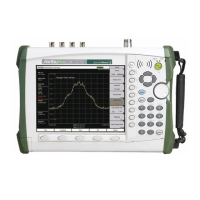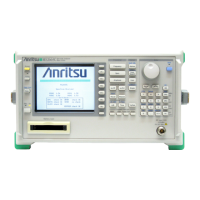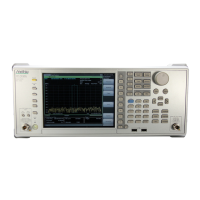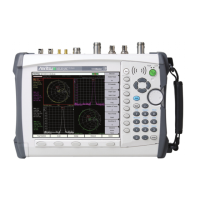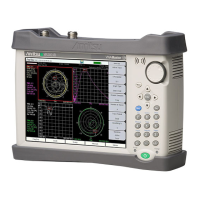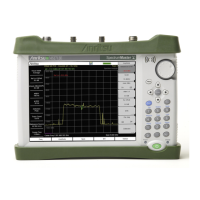6-3
Talker Output Format
6
6.1 Differences in Syntax between Listener Input For-
mats and Talker Output formats
Significant differences in syntax between the listener and the talker are as fol-
lows:
● Listener format:
Program can be written flexibly so that devices can accept program messages
from the controller. If a program message involves some description errors, it can
execute its function normally. For example, you can joint as many <white space>
elements as you want to make an easy-to-read program.
● Talker format:
Messages are output following strictly defined syntactical rules to allow the con-
troller to accept the response messages from the device. Therefore, the syntax of
response messages permits only one notation for a function.
The table below summarizes the differences in output format between the listener and the talker.
In this table, “0/1
or more spaces” means <white space>.
Characteristic
Alphabetic characters
Character before and
after NR3 exponent part E
+ sign of NR3 exponent part
<white space>
Message unit
Unit separator
Space before header
Header separator
Data separator
Terminator
(Flexible)
No difference between uppercase
0 or more spaces + E/e + 0 or more spaces
Omissible
Two or more white spaces can be written
before/after a separator or before a terminator.
(a) Header with program data
(b) Header without program data
0 or more spaces + Semicolon
0 or more spaces + Header
Header + 1 or more spaces
0 or more spaces + Comma + 0 or more spaces
0 or more spaces + One of NL, EOI,
and NL+EIO
(Strict)
Uppercase characters only
and lowercase charactersr
Uppercase character E
only
Required
Not used
(a) Data with header
(b) Data without header
Semicolon only
Header only
Header + One $20
†1
Comma only
NL+EOI
Item Listener input program message syntax
Talker output response
message syntax
†1:
ASCII code byte 20 (decimal value 32 = ASCII character SP, space)
6.1 Differences in Syntax between Listener Input Formats and Talker Output formats
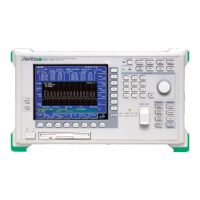
